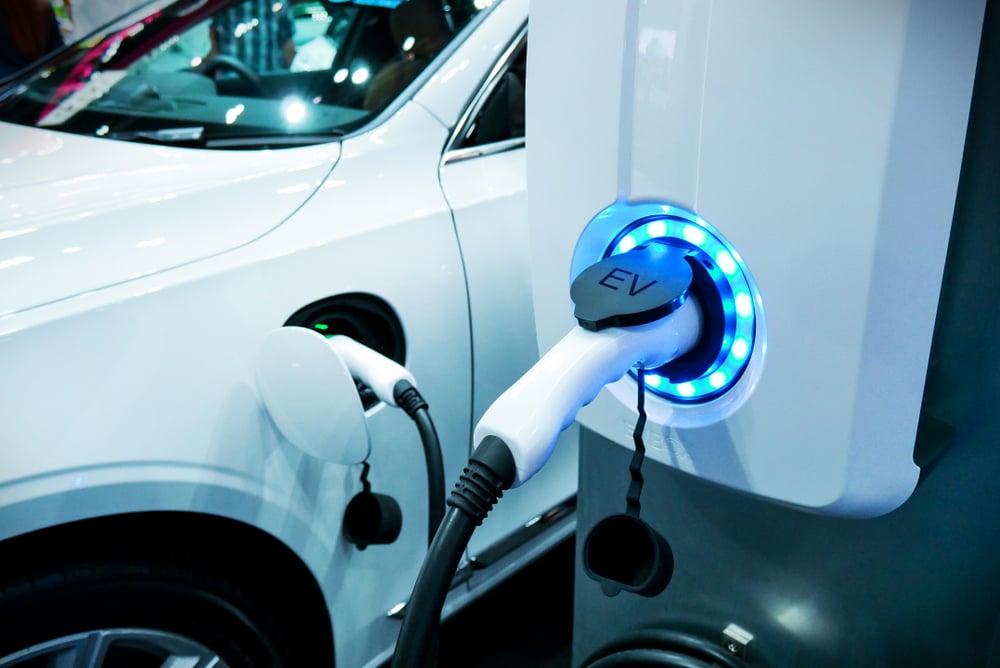Reducing Building Emissions with Electrification

Although emissions are often associated with the transportation sector, buildings account for around 40% of them globally. In great part, these emissions can be attributed to combustion-based heating appliances, and electricity consumption also counts if the local grid relies on power plants fired by fossil fuels.
Electrification can be an effective strategy to make the building sector greener, since it removes emissions at the point of use. For example, a high-efficiency heat pump can compete with the operating cost of a gas heater, but without producing flue gases. When building electrification is deployed in places with a carbon-intensive power grid, emissions are simply moved from buildings to power plants. However, this sets the stage for an eventual transition to clean power sources.
Reduce the heating emissions from your building with heat pumps.
Switching from Gas to Electric Heating
While electric heating systems have existed for a long time, they have relied on resistance heating, which is extremely inefficient. A resistance heater consumes one kWh of electricity for every kWh of heat provided, and this can result in a hefty power bill. This is especially true in places with expensive electricity, such as the Northeastern states and California.
Gas heaters have a much lower efficiency than resistance heaters, but they compensate this with a very low operating cost. Electric resistance heating can’t normally compete with gas heating, unless the building is located in a region with very high gas prices and very low electricity tariffs.
Air-source heat pumps typically deliver from 2 to 4 kWh of heat per each kWh of electricity consumed, while ground-source heat pumps can deliver up to 6 kWh of heat per each kWh of electricity. If heat pumps are deployed for both space heating and water heating, they can eliminate most local emissions from buildings.
Heat pumps also have the potential to run with renewable generation systems, while combustion heaters always rely on some type of fuel. Even if a heating system runs with biomass, there are emissions from the combustion process. Also, biomass can be expensive unless a building has access to large amounts of organic waste.
How Buildings Can Help Electrify Transportation

Electric vehicles have a significant potential to reduce emissions, but there is a key challenge: providing enough charging infrastructure for a large fleet of EVs. The building sector can contribute by adding EV chargers to parking spots, and fast-charging systems have a high potential because vehicle owners often stay in commercial buildings for only a brief period.
The combination of electrified buildings and EVs can remove most emissions from urban areas, contributing to air quality and health. However, electrification increases the demand on power companies; if they continue to rely on fossil fuels, emissions are simply relocated to power plants and not eliminated.
Reducing Emissions from the Power Sector
Solar and wind power have experienced a rapid cost decrease in recent years, and they can now beat the electricity cost of fossil fuels - even coal. However, these renewable sources are held back by their dependence on sunlight and wind, which are variable energy inputs. You cannot rely on solar and wind power to meet sudden peaks in energy consumption, since there is no way to ramp up their production.
Lithium-ion batteries are very promising in the power sector, since they can eliminate the main weakness of solar and wind power - the variable energy output. In theory, a solar photovoltaic system or wind turbine with a battery bank can act as a dispatchable power source, just like a natural gas turbine driving a generator. Batteries are still held back by their high cost, but the International Renewable Energy Agency (IRENA) predicts significant cost savings in the following decade.

Michael Tobias
Michael Tobias, the Founding Principal of NY Engineers, currently leads a team of 150+ MEP/FP engineers and has led over 4,000 projects in the US
Join 15,000+ Fellow Architects and Contractors
Get expert engineering tips straight to your inbox. Subscribe to the NY Engineers Blog below.

